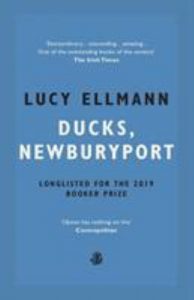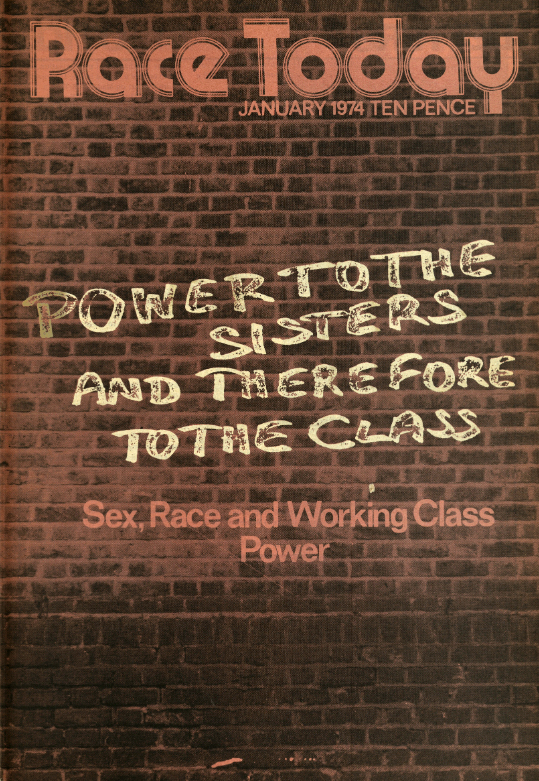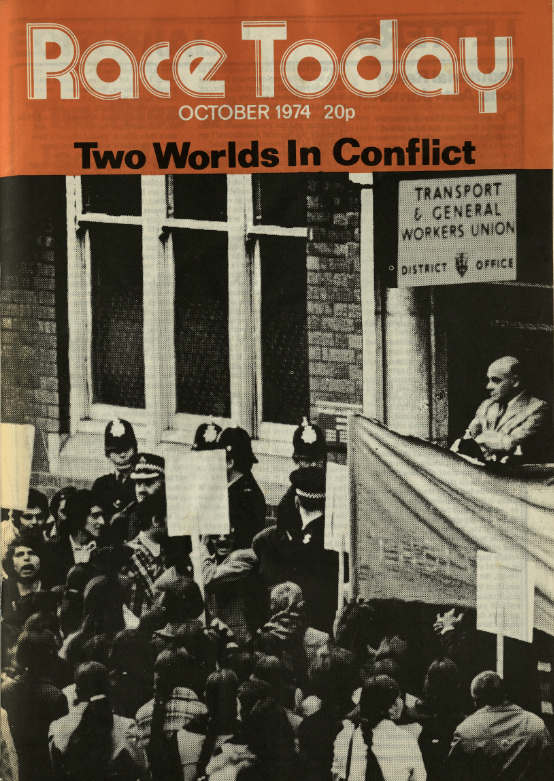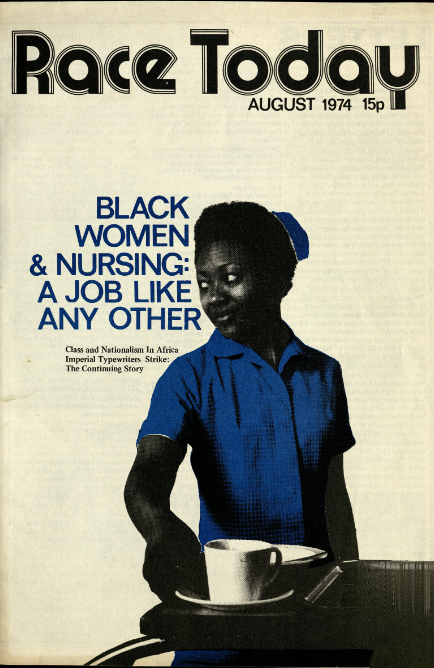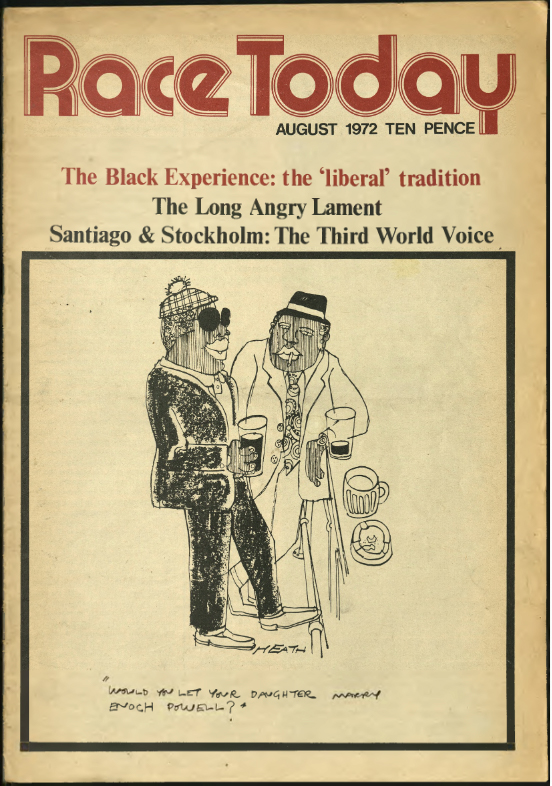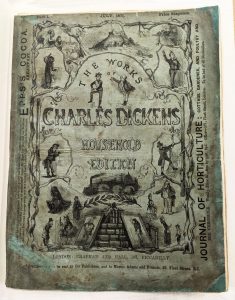
The new UK Research and Innovation (UKRI) Open Access policy comes into effect on 1 April 2022. The policy applies to:
- peer-reviewed research articles submitted for publication from 1 April 2022
- monographs, book chapters and edited collections published from 1 January 2024 (unless a contract has been signed between the author and the publisher before this date that prevents adherence to the policy).
If researchers receive funding from UKRI, they will need to comply with the UKRI Open Access requirements.
In this post, we will outline the key policy points our researchers at Goldsmiths need to know to ensure compliance and what the Online Research Collections (ORC) team in the Library are doing to help our researchers meet the new requirements.
Context
The new UKRI policy builds on earlier Open Access initiatives in the UK that have aimed to accelerate the movement towards openness in academic research. The Finch report, published in 2012, paved the way for a significant change in the way academic journals are published. Following the report, Research Councils UK (RCUK) revised their Open Access policy to require journal articles based on research that they have funded, to be published as Open Access. The Wellcome Trust also developed an Open Access policy and the REF2021 Open Access policy followed in 2016. Open Access is now seen as an integral part of research in the UK with the UK Government emphasising the importance of effective open research practices in the UK Research and Development Roadmap published in 2020.
UKRI is a member of cOAlition S, an international consortium of research funders who launched a new Open Access publishing initiative called Plan S, which commenced on 1 January 2021. The aim of Plan S is to make immediate, full Open Access a reality and centres on ten key principles. These principles are the framework behind the new UKRI policy. More information on Plan S is available here.
In the wake of Plan S, Read & Publish agreements (also know as transitional agreements) have now emerged to support the transition to Open Access. These are agreements where the costs of publishing Open Access, through the payment of an Article Processing Charge (APC), is included as part of our Library subscription agreement with a publisher. These deals are seen as a way for publishers to transition their subscription journals to full Open Access and will play an important role in enabling our researchers to meet the new UKRI Open Access requirements.
Peer reviewed research articles from 1 April 2022
Peer reviewed research articles submitted for publication on or after 1 April 2022 which acknowledge funding from UKRI will need to be made Open Access from the date of publication. The policy applies to all peer reviewed research articles and conference papers published in proceedings with an International Standards Serial Number (ISSN).
There are two routes to compliance:
- Route 1 (Gold Open Access): Making the Version of Record (published version) free and unrestricted to view and download on the publisher’s website from the date of publication
- Route 2 (Green Open Access): Making the Author’s Accepted Manuscript (AAM) free and unrestricted to view and download on a repository such as Goldsmiths Research Online (GRO) from the date of publication
All articles must be made Open Access by the date of publication with no embargo period and be published with a CC BY licence unless UKRI has agreed, as an exception, to allow publication under the more restrictive CC BY-ND licence.
A Data Access Statement needs to be included in research articles covered by the policy, even where there is no associated data or where the data is inaccessible. The statement is intended to inform readers where the underlying research materials associated with a paper are available, and how the research materials can be accessed. The statement can include links to the dataset, where applicable and appropriate.
How do I meet the requirements for research articles?
UKRI expect that the significant majority of venues that publish UKRI funded research articles will be able to offer suitable Open Access options to UKRI-funded authors by April 2022 and they emphasise that researchers can publish in the journal or platform they consider most appropriate for their research, provided UKRI’s Open Access requirements are met.
If authors are using route 1 (Gold Open Access) to achieve compliance, there are several options for publication:
- Publishing an article Open Access via a Read & Publish agreement. As of March 2022, Goldsmiths has agreements in place with SAGE, Springer, Taylor & Francis, Wiley and PLoS. Further information about our agreements is available here. JISC are continuing to negotiate further agreements with a range of publishes on behalf of UK academic libraries. They have recently secured a Read & Publish agreement with Elsevier, and we will communicate information about agreements available to authors published by Elsevier and other publishers when they become available.
- Making use of the block grant we receive from UKRI to pay an Article Processing Charge (APC). UKRI funds for paying APCs can only be used if the journal meets the JISC requirements for transformative journals or transitional agreements (authors should email gro@gold.ac.uk at the submission stage for confirmation that a journal requiring an APC payment is compliant with the policy). UKRI favours journals that are part of a transitional Open Access arrangement as they are seen as committing to transitioning from being a subscription journal to a fully Open Access one and therefore help advance the long-term aim of Plan S to shift the focus of academic publishing from the subscription model to making Open Access the default.
If authors are using route 2 (Green Open Access) to achieve compliance, they must include the following set statement provided by UKRI in any cover letter/note accompanying the submission:
‘For the purpose of open access, the author has applied a Creative Commons Attribution (CC BY) licence to any Author Accepted Manuscript version arising’
The statement will allow authors to post their AAM in a repository such as Goldsmiths Research Online (GRO) with a CC BY licence and no embargo regardless of the standard policy of the publisher. This element of the new UKRI policy is aligned with the Plan S ‘Rights Retention Strategy’ which intends to avoid the situation where authors sign exclusive agreements with publishers that inhibit immediate Open Access.
Most journals require an embargo on the Author’s Accepted Manuscript (AAM), and do not allow it to be made Open Access under a CC BY licence. It is therefore essential that authors using this route are clear with their journal at the point of submission what UKRI requires of them in terms of Open Access and that they check that their publication agreement is compatible with UKRI requirements.
Monographs, book chapters and edited collections from 1 January 2024
There is a new requirement for monographs, book chapters and edited collections published from 1 January 2024 (unless a contract has been signed between the author and the publisher before this date that prevents adherence to the policy) which acknowledge funding from UKRI to be made Open Access.
There are two routes to compliance:
- Route 1: Making the Version of Record free to view and download on the publisher’s website within 12 months of publication
- Route 2: Making the Author’s Accepted Manuscript (AAM) free to view and download on a repository such as Goldsmiths Research Online (GRO) within 12 months of publication. The policy allows the author and publisher to agree the appropriate version to self-archive on a repository.
Long form outputs must be published under a Creative Commons licence. UKRI has expressed a clear preference for a CC BY licence, but the more restrictive Creative Commons licences CC BY-NC and CC BY-ND are permitted if an exception is agreed with UKRI.
In 2022 UKRI will publish further guidance on exceptions around the use of third-party materials where permissions for reuse in an Open Access book cannot be obtained and exemptions where the only appropriate publisher is unable to offer an Open Access option that complies with the policy.
The policy does not apply to trade books (defined by UKRI as an academic monograph rooted in original scholarship that has a broad public audience), scholarly editions, exhibition catalogues, scholarly illustrated catalogues, textbooks, and all types of fictional works and creative writing. However, a trade book is considered to be in scope of the policy where it is the only output from a UKRI-funded research project.
How do I meet the requirements for monographs, book chapters and edited collections?
UKRI’s policy on long-form publications won’t be implemented until 1 January 2024, and much of the guidance on this part of the policy has yet to be released.
UKRI has committed to providing a dedicated fund of £3.5 million per year to support the long-form publications Open Access policy. The process for allocating the funds and the definition of eligible costs is being developed. The funding will be held at UKRI in a central pot, and it is anticipated that the funding will be available via an application process.
Although Open Access publication for monographs is less well developed than for research articles, support for fully Open Access books is on the rise with projects such as COPIM (Community-led Open Publication Infrastructures for Monographs) and Opening the Future working towards building a strong infrastructure for Open Access book publishing.
In anticipation of the new UKRI policy, JISC are working to develop new Open Access publishing models and initiatives for monographs (for example book processing charges and membership models that support Open Access). We will monitor these developments and communicate them to our researchers at Goldsmiths.
If I am funded by UKRI, what should I do?
Our previous messaging around Open Access compliance for REF2021 emphasised the importance of authors acting upon acceptance, but the new policy will require authors to consider whether a publishing platform offers compliant Open Access options prior to selecting venues for publication.
Given the complexity of the policy we are advising that authors email gro@gold.ac.uk at the submission stage for confirmation that their chosen publishing venue is compliant, and we will offer advice to authors on the next steps they need to undertake.
JISC in collaboration with UKRI is currently developing an online tool that will enable researchers to identify whether a journal offers an Open Access option that complies with the policy. Once this resource is released the process of identifying eligible journals should be a lot easier for authors.
If you want advice on whether the journal or publisher you wish to submit your research to is compliant, please email gro@gold.ac.uk.
Is this the announcement of the next REF Open Access policy?
The UKRI policy is not the announcement of the next Research Excellence Framework (REF) Open Access policy. However, the policies are expected to align and UKRI have made it clear that compliance with their Open Access policy will also ensure compliance for the next REF.
Although the REF 2021 publication period closed on 31 December 2020, researchers should continue to comply with the REF 2021 Open Access policy by depositing the Author’s Accepted Manuscript (AAM) of journal articles and papers in conference proceedings with an ISSN to GRO within three months of acceptance.
How do I find out more about the policy?
The Online Research Collections (ORC) team in the Library have prepared guidance on the new policy which is available here.
If you have any questions about how the new policy affects your work, please email gro@gold.ac.uk.
Pieter Sonke, Open Access Adviser
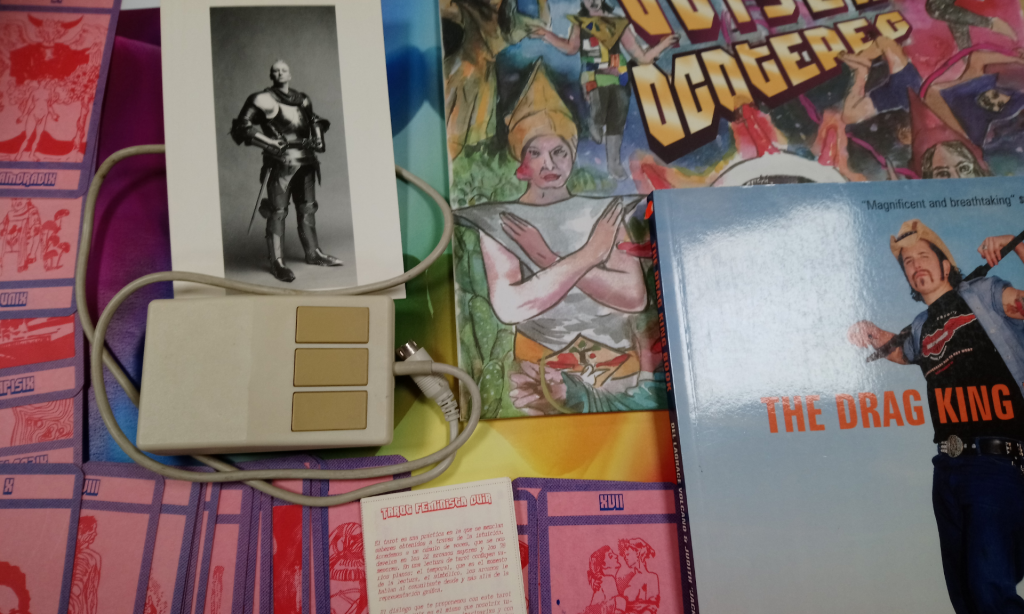
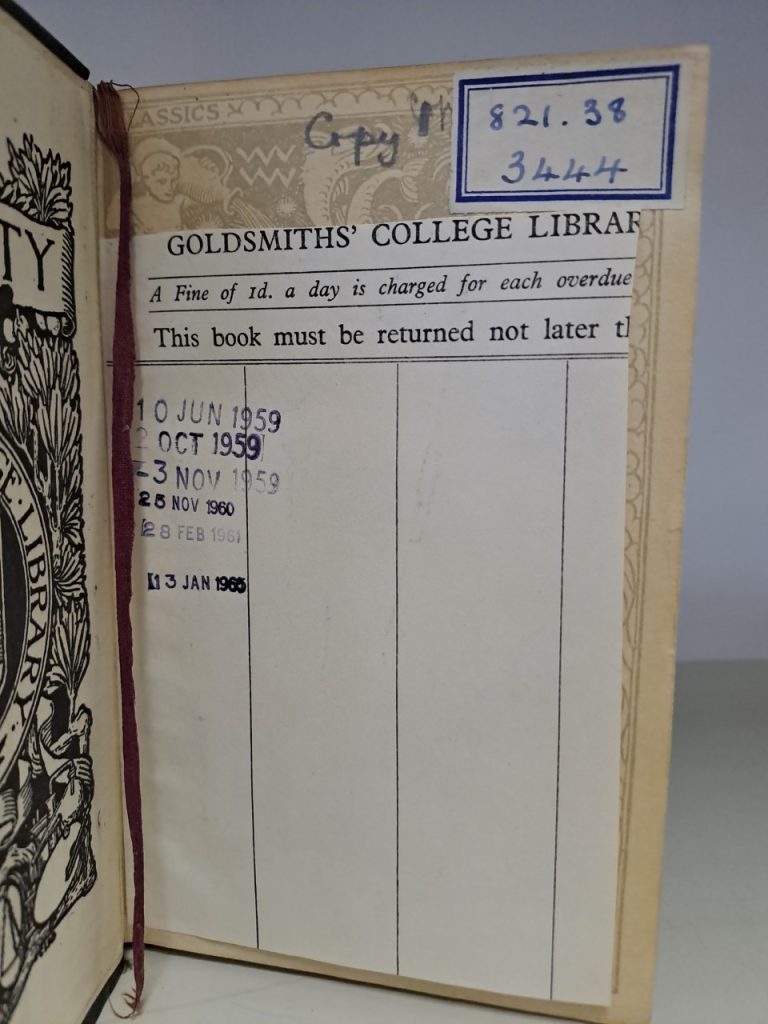


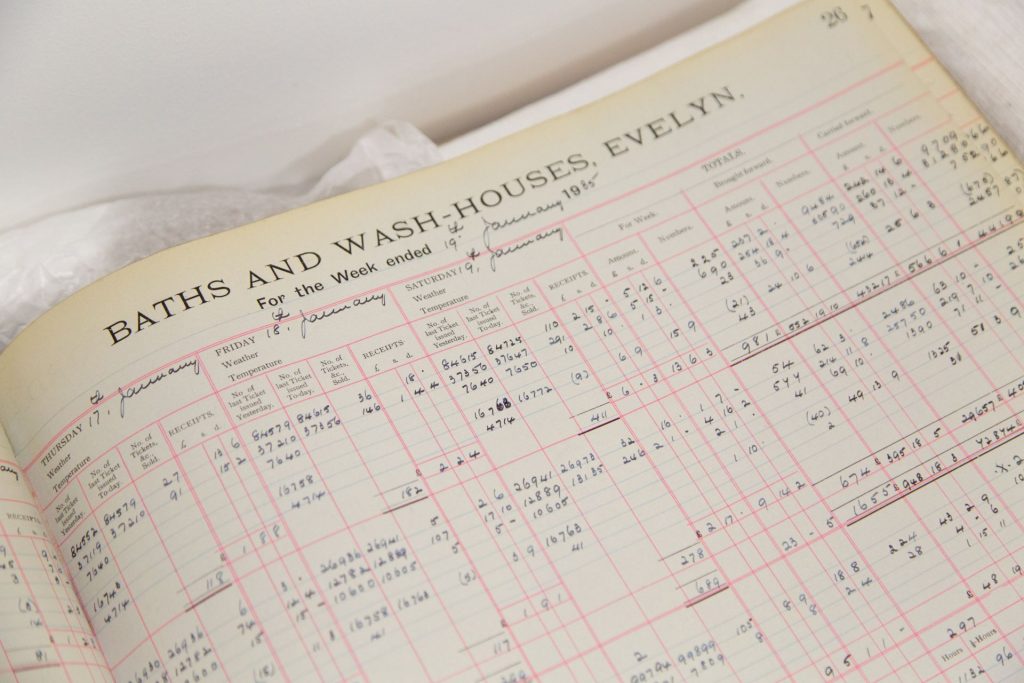

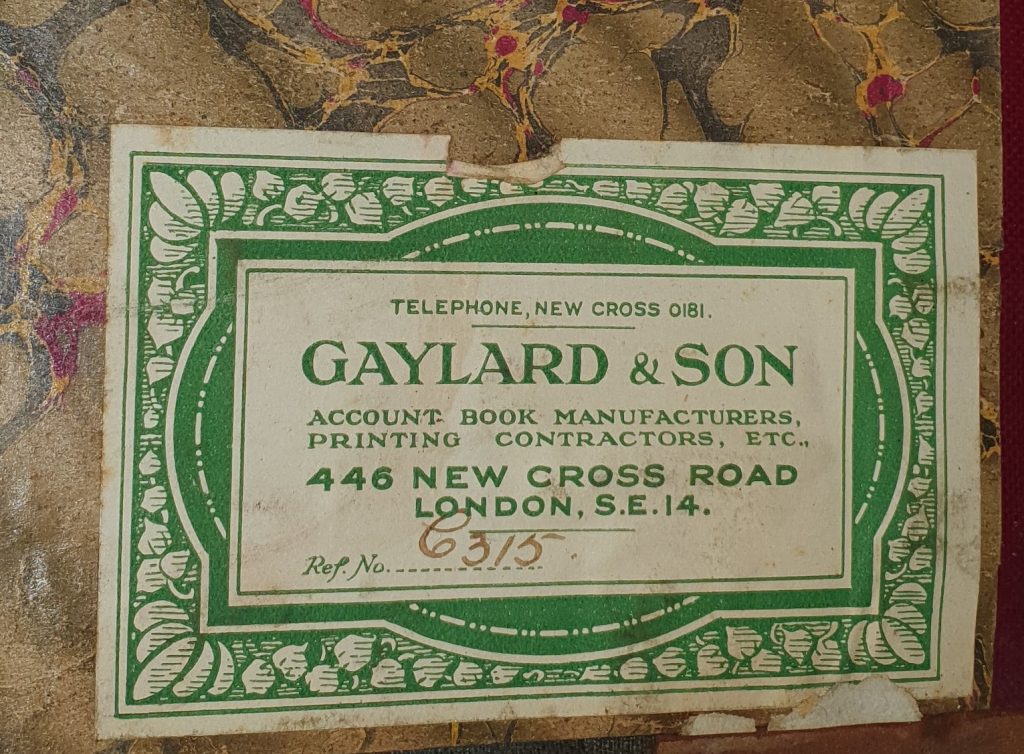
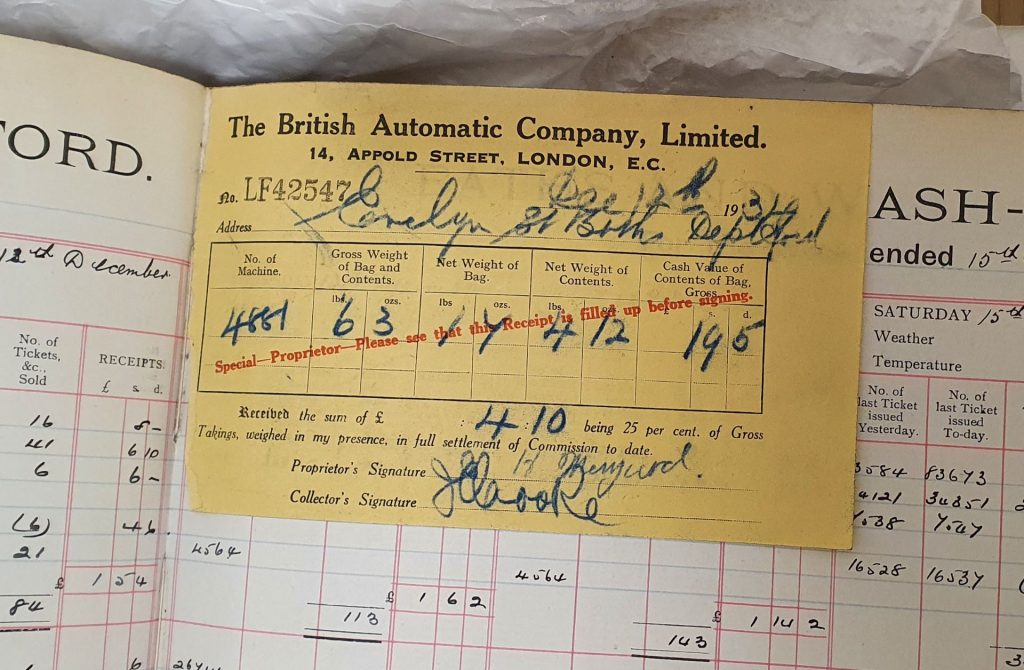
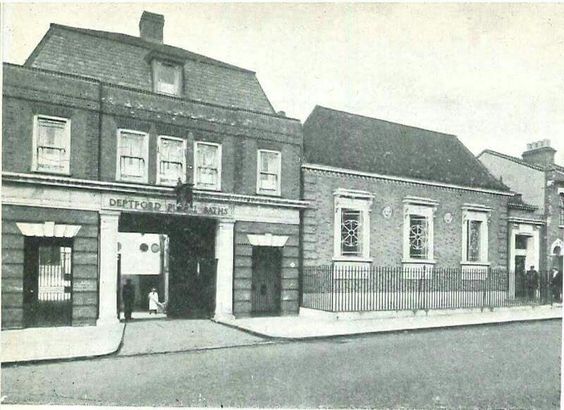 [13]
[13] 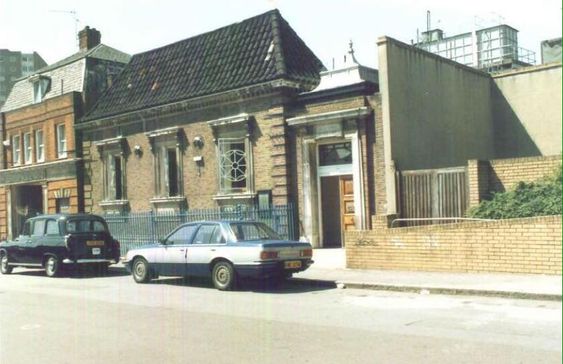 [14]
[14]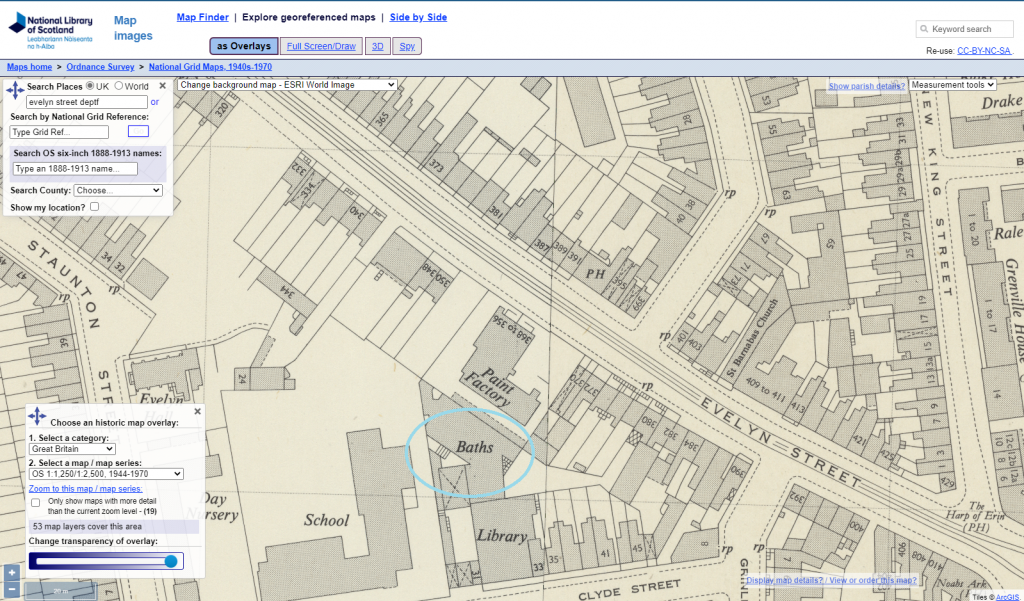

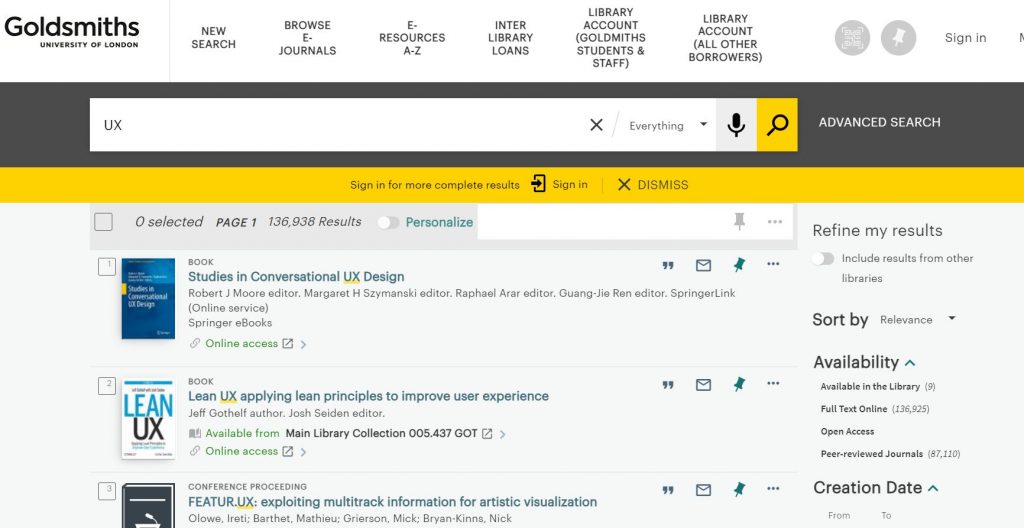

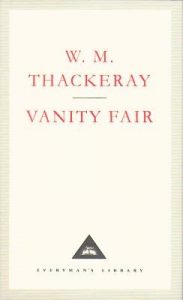 Thackeray’s Vanity Fair is recognised as a classic of English literature. The novel follows the lives of two contrasting women – Becky Sharp and Amelia Sedley.
Thackeray’s Vanity Fair is recognised as a classic of English literature. The novel follows the lives of two contrasting women – Becky Sharp and Amelia Sedley.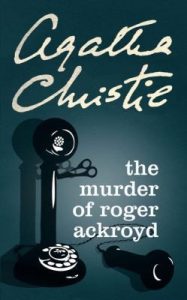 If you are in search of a detective story to read this year, then Agatha Christie’s The Murder of Roger Ackroyd is an excellent choice.
If you are in search of a detective story to read this year, then Agatha Christie’s The Murder of Roger Ackroyd is an excellent choice.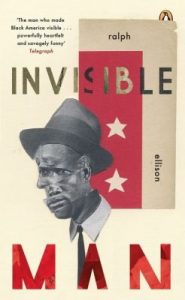 The book deals with many issues that African Americans, including the author, faced at the time, and in particular, how racism acted as an obstacle to individual identity.
The book deals with many issues that African Americans, including the author, faced at the time, and in particular, how racism acted as an obstacle to individual identity.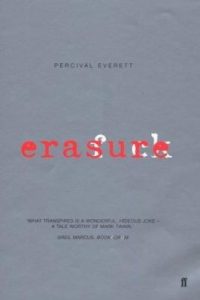
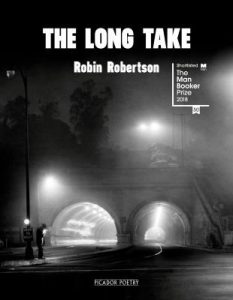 The Goldsmiths Prize was established in 2013 ‘to reward fiction that breaks the mould or extends the possibilities of the novel form’. Robin Robertson’s The Long Take won The Goldsmiths Prize in 2018 for achieving exactly this. [4]
The Goldsmiths Prize was established in 2013 ‘to reward fiction that breaks the mould or extends the possibilities of the novel form’. Robin Robertson’s The Long Take won The Goldsmiths Prize in 2018 for achieving exactly this. [4]